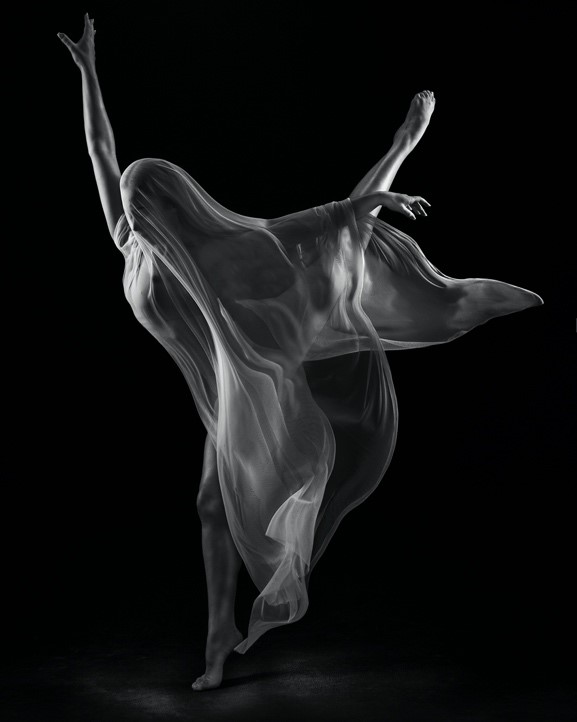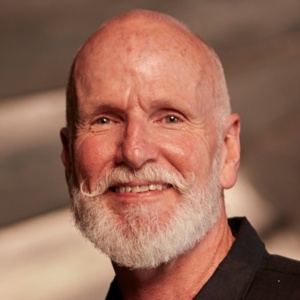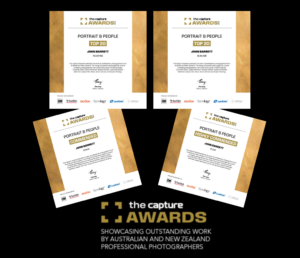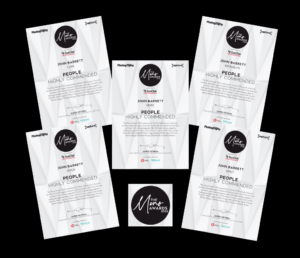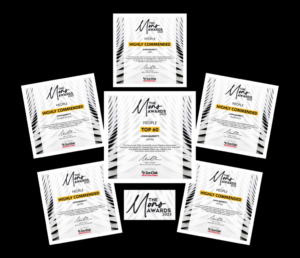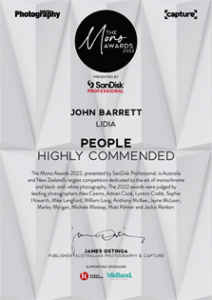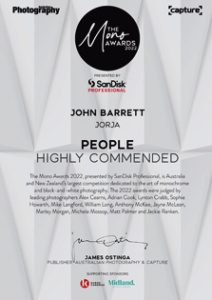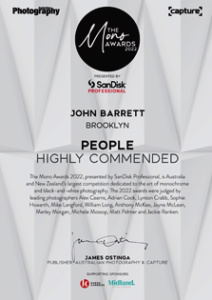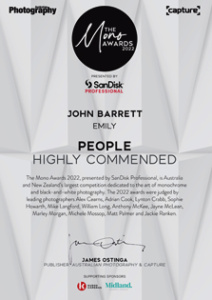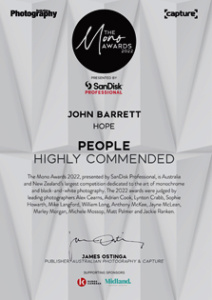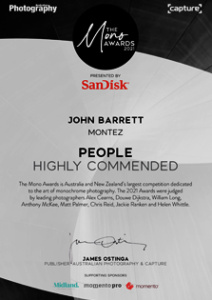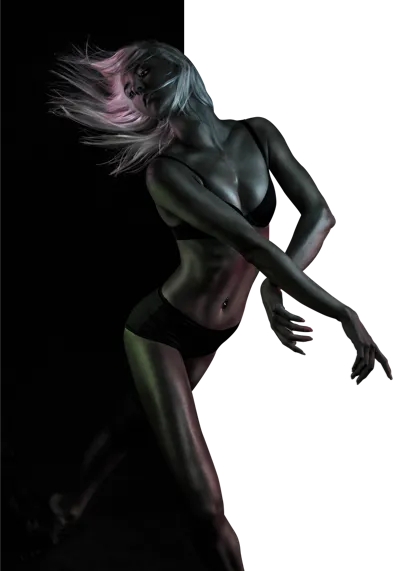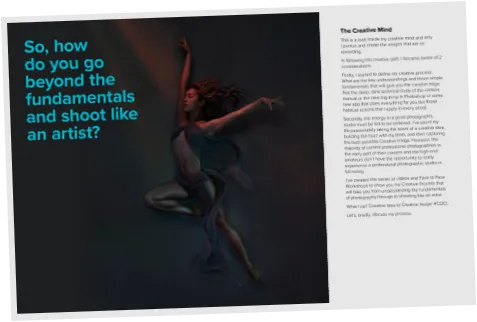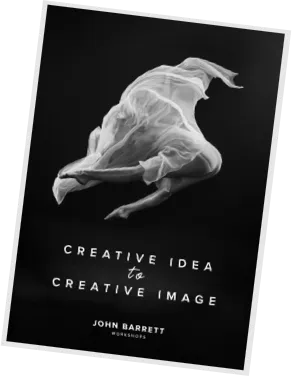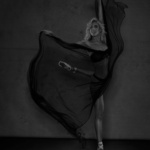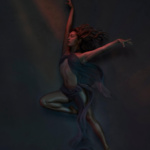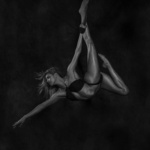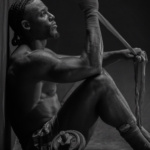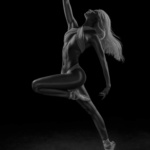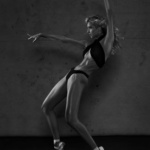Photography doesn’t have to just be a hobby, it can be a full-time profession – if you pursue the endeavour thoroughly. And with the help of this guide on how to become a photographer, you’ll be in with a chance!
I can tell you after decades as a Fashion Photographer and an Advertising Photographer and now as one who also runs Photography Workshops on the Gold Coast, Australia, as well as online photography courses learning how to become a photographer takes a lot of work, and you don’t just wake up one day and declare yourself a photographer!
I fell in love with photography at 15 years old. My parents somehow scraped up the money to buy me an SLR with a 200mm lens and I was out shooting surfing the next day. I could photograph the ocean and the surfing lifestyle where I spent all my time but, more importantly, it gave me the opportunity to tap into my creativity. I’d always enjoyed art over any of my other classes at high school and now I had the medium to let my imagination off the leash.
By the time I left school, I knew that I would need a much better plan if I wanted to pursue photography as my career and have money to pay rent and put food on the table.
Surfing images were getting $6 for each image published in the two main magazines at the time, Surfing World and Tracks. Not a huge chance of financial success, but I stuck to it and learned everything I could, which in turn led to a successful photography career. And now I want to share my knowledge on how to become a professional photographer with you!
How to Become a Photographer in Australia
To become a photographer in Australia start by learning to capture a diverse range of subjects, from people and places to products and events. When you’re starting out it’s great to try everything – any experience is good especially if it helps you define those subjects that you are most passionate about capturing.
There is no one specific way to become a photographer in Australia and before you begin, there are two things you should consider:
- You need to decide what niche of photography you want to focus on (pun intended).
- You need formal training as only shooting brunch photos on your iPhone won’t cut it in the long run!
Formal qualifications in photography are not mandatory; however, technical knowledge acquired through training, independent study, and experience is crucial. There are several options to help you along:
- Sign up for an online photography course, or you can even book a 1-on-1 mentoring session with a seasoned photographer like myself. I also provide photography courses on the Gold Coast!
- Look for job opportunities as a photographer, starting with entry-level positions and gradually building your portfolio and professional network.
- There is also a wide range of other diplomas and certificates out there that can further your career, as well as studying something like a visual arts degree at university.
Opting to undertake at least one of if not all of the above options will give you the best chances at making it as a professional photographer in Australia!
How to Start a Photography Business
Starting a photography business can be an exciting and fulfilling endeavour, especially if you have a passion for photography and the skills to create stunning images. However, running a successful photography business involves more than just being a talented photographer. It requires business acumen, financial planning, and administrative skills. This guide outlines the key steps to starting your photography business in Australia, from choosing your business structure to finding the perfect location.
Choose your business structure
The first step in starting your photography business is deciding on the most suitable structure for your operations. In Australia, you have three main options:
- Company: A company is a separate legal entity and provides limited liability for its owners. This structure requires more paperwork and regulations but offers tax advantages and greater protection for the business owner.
- Partnership: A partnership consists of two or more people who share the management, profits, and losses of the business. This structure is simpler to set up than a company, but partners are personally liable for the business’s debts.
- Sole trader: As a sole trader, you are the business and are responsible for all aspects of the business, including any debts. This is the simplest and most common structure for small businesses.
Obtain an Australian Business Number (ABN)
An ABN is a unique identifier for your business, used in various transactions and communications with the Australian Taxation Office (ATO) and other government agencies. You can apply for an ABN online, free of charge, through the Australian Business Register.
Understand your accounting requirements
Proper financial management is crucial for the success of your photography business. You need to familiarise yourself with the following accounting aspects:
- Taxation: Understand your obligations regarding income tax, goods and services tax (GST), and other applicable taxes.
- Budgeting: Create a realistic budget, taking into account your expected income and expenses.
- Recordkeeping: Maintain accurate and up-to-date financial records, including invoices, receipts, and bank statements.
Manage administrative tasks and create a business plan
Effective administration is vital for running your photography business smoothly. Develop systems for managing appointments, client communications, and marketing efforts. Furthermore, create a comprehensive business plan outlining your goals, target market, pricing strategy, and marketing approach.
Choose the right location
The location of your photography business will depend on your specialisation and your clients’ preferences. Consider the following options:
- Lease a studio: A dedicated studio space can provide a professional environment for your photography business and may attract a higher-end clientele.
- Work on location and hire a small office space: If you primarily shoot on location, a small office space can serve as a base for administrative tasks and client meetings.
- Work from home: Running your business from home can save costs, but it’s essential to maintain a professional image and separate your work and personal life.
When selecting a location, consider factors like accessibility, visibility, and potential for attracting new customers.
Obtain the necessary insurance
Regardless of where you operate your photography business, you will need appropriate insurance coverage. Consider obtaining public liability insurance, professional indemnity insurance, and equipment insurance to protect your business from potential risks and damages.
Do You Need an ABN for a Photography Business?
Yes, you need an ABN for a photography business in Australia! ABNs are essential for anyone that is running a business or other enterprise. See the information above to find out more in regard to acquiring an ABN.
I Can Help You With Photography Business Mentoring
If you are after the aid of a photography business mentor, look no further. I can help you 1-on1 mentoring because I’ve been through it all before. Here is a little on how I found my way into the world of photography and how it led to a successful and decades-long career.
Fashion had always interested me, and I used to look through the Vogue and Elle magazines from all over the world. The editorial images were extraordinary. Beautiful images in exotic locations or on incredible sets and the juxtaposition of the model and garment against these backdrops inspired creativity. The choice was easy.
First decision made. Fashion photographer.
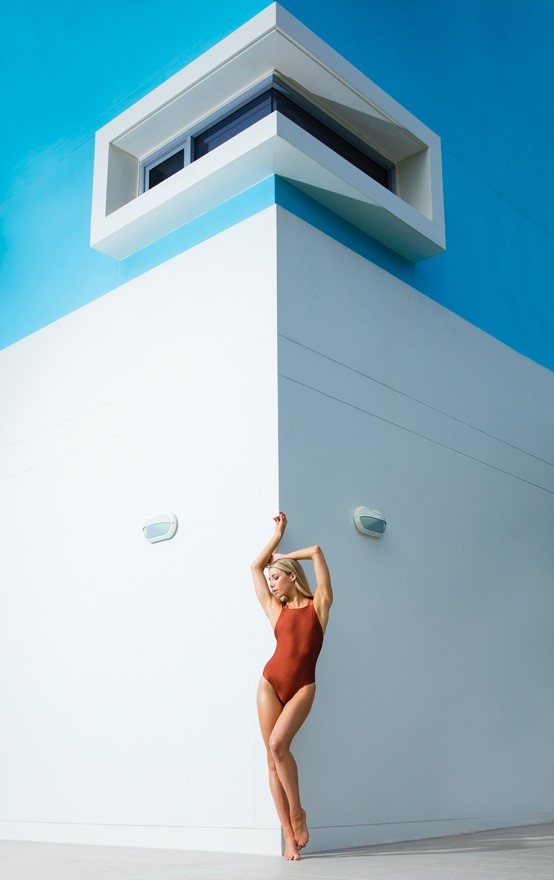
In Australia, at that time, there were no freelancers. You had to be employed by the photographer to have a chance to learn and there were very limited jobs available. I applied for the job as assistant to one of the most influential fashion photographers in Australia, Alan Nye. I lined up down the street with a hundred other young (and not-so-young) hopefuls. I nearly fainted when I was told I had the job! I found out later that what got me over the line was that I was the only one that had worn a suit and presented themselves professionally. It was the suit I had worn to my high school formal!
I also signed up to the Photography Course at the University of Technology Sydney.
They were long, busy days. I spent the days working alongside Alan as he shot magazine covers, fashion editorials, and advertising campaigns. He was tough but he taught me design, composition, lens selection, lighting and how to build a rapport with models. He taught me the creative, emotional side of the business.
At 5pm I’d go into the darkroom and print till 10pm all the black & white prints for newspaper advertising. This taught me an understanding of tone & contrast, dodging & burning long before Photoshop.
The formal training at college taught me optics, physics, chemistry and the technical aspects of photography. They also taught business and marketing for the photographer.
These combinations gave me a strong foundation. All I needed to do was add years of experience and creative experimentation to the mix and make sure I understood the functions of business combined with the skill of marketing and just maybe I’d end up a professional photographer.
And I did!
I’ve had the joy of decades of producing images as a Fashion Photographer and an Advertising Photographer, and now hopefully I can help you too.
